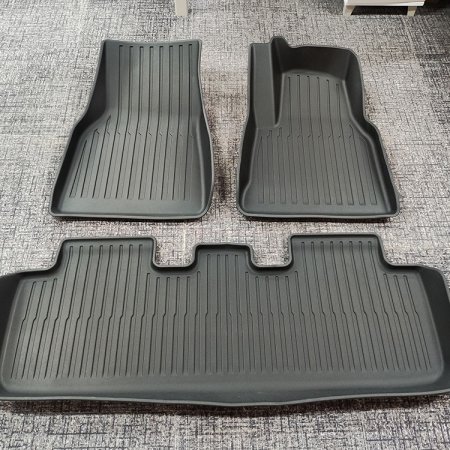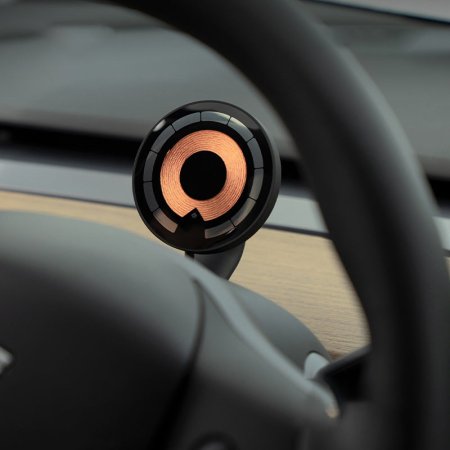As a Tesla owner, you’ve already tapped into the world of electric vehicles (EVs)—instant torque, zero emissions, and cutting-edge technology. It’s a whole new driving experience, but there’s one concern that often lingers: battery degradation. Yes, over time, the lithium-ion batteries that power your Tesla will slowly lose some of their original capacity. But don’t worry, this process is generally gradual and manageable. Still, keeping an eye on it is key to understanding how your car performs over the years.
In this guide, we’ll take you step-by-step through the process of checking for battery degradation in your Tesla, how to read the data, and offer some handy tips for extending the lifespan of your battery. Whether you’re cruising in a Model 3, Model S, Model X, or Model Y, the principles we cover apply to all Tesla models, helping you get the most out of your electric ride.
Understanding Tesla Battery Degradation
Before diving into how to check for battery degradation, it’s important to first understand what’s actually happening. Unlike traditional gas-powered engines, Tesla vehicles run on lithium-ion battery packs, which, over time, naturally lose some of their capacity. This process is influenced by a variety of factors, such as the number of charging cycles, environmental conditions, and, of course, your driving habits.
That being said, Tesla batteries are known for their durability, and their rate of degradation is impressively low compared to other electric vehicles. Many Tesla owners report a modest 5-10% drop in range, even after covering well over 150,000 miles. Tesla designs its batteries to maintain most of their capacity for many years. However, staying on top of your battery’s health through regular checks can offer peace of mind and provide valuable insights into the long-term performance of your EV.
Where to Buy Tesla Aftermarket Parts?
Kylin EV Parts Ltd is located in Guangzhou, the hub of China’s automotive parts industry. Established in 2013, we focus on the supply chain of new energy automotive parts, providing brand solutions for entire vehicle series from a screw to exterior components, connecting the upstream and downstream supply chains, and forming strategic alliances with production factories through customization, alliance. Adhering to the principle of ensuring the quality of a component is equal to protecting the safety of a family.
In 2022, our international trade department was established, focusing on the integration of Tesla, VW, and BYD, as well as aftermarket modifications. As China’s premier B2B supplier, we offer a comprehensive service in integrating EV spare parts for numerous foreign sellers, both online and offline.
We extend a cordial invitation to collaborate with foreign dealers and explore OEM and ODM partnerships for our products. With our commitment to the most professional service, the highest quality products, and the most reasonable prices, we endeavor to provide unparalleled support.













